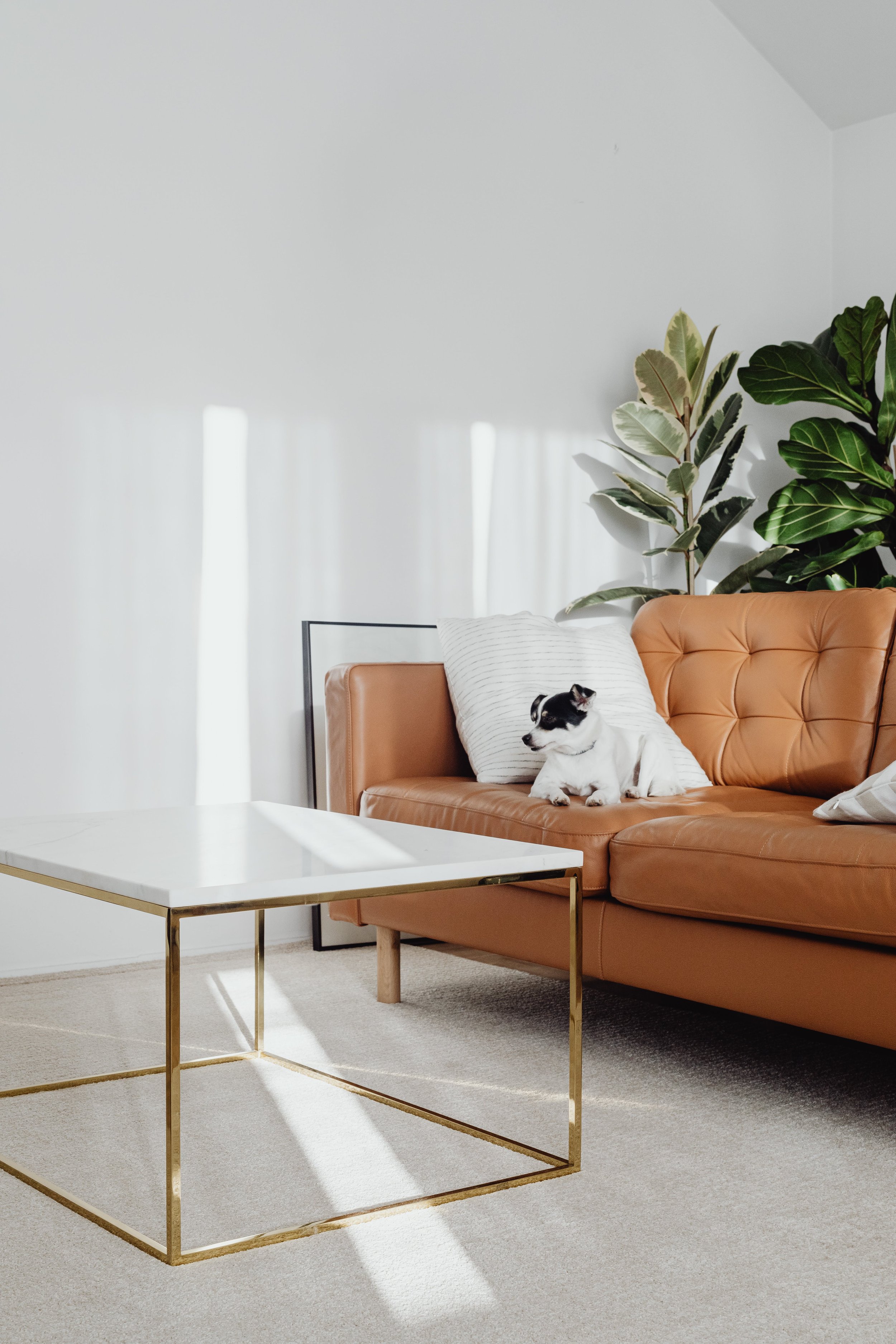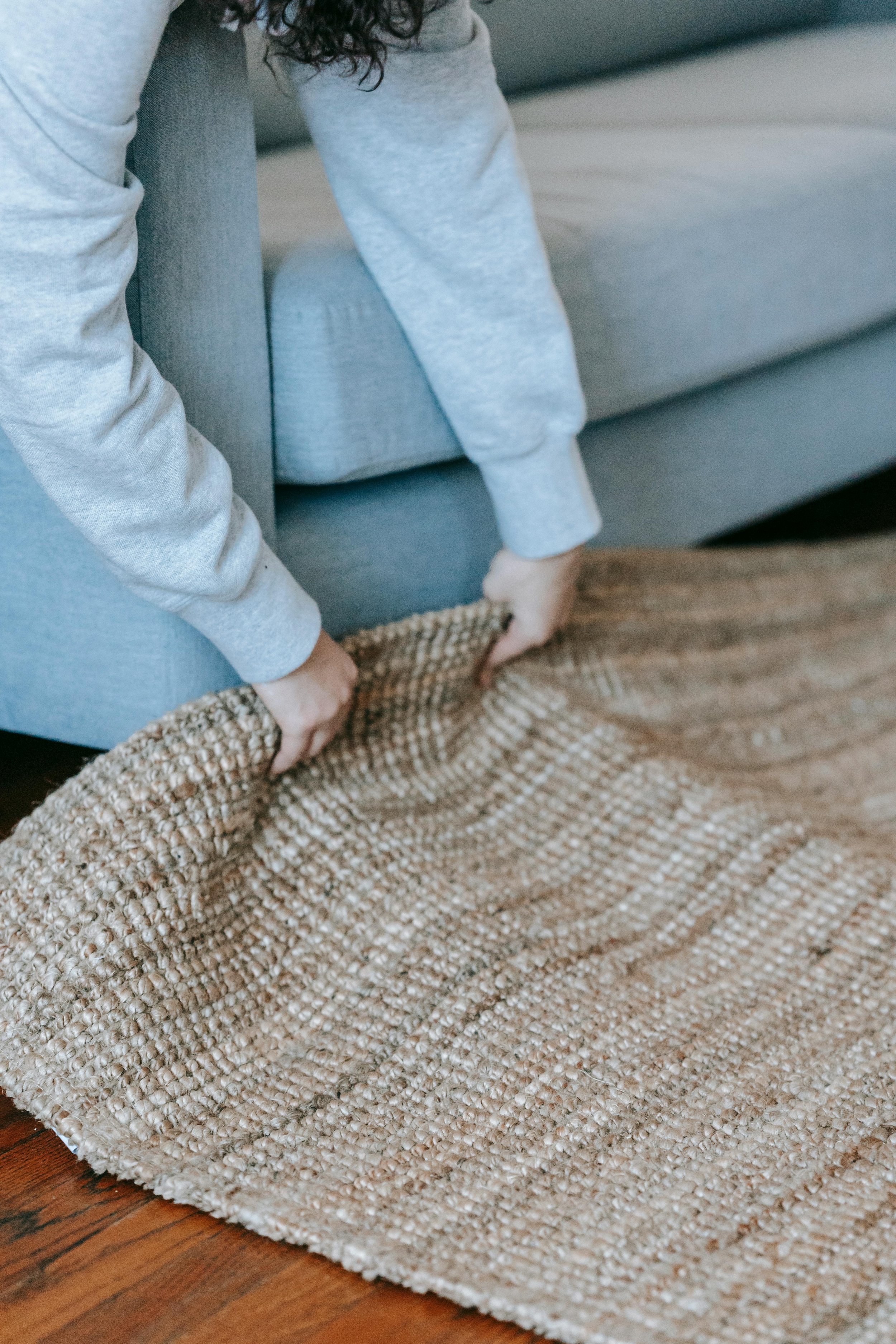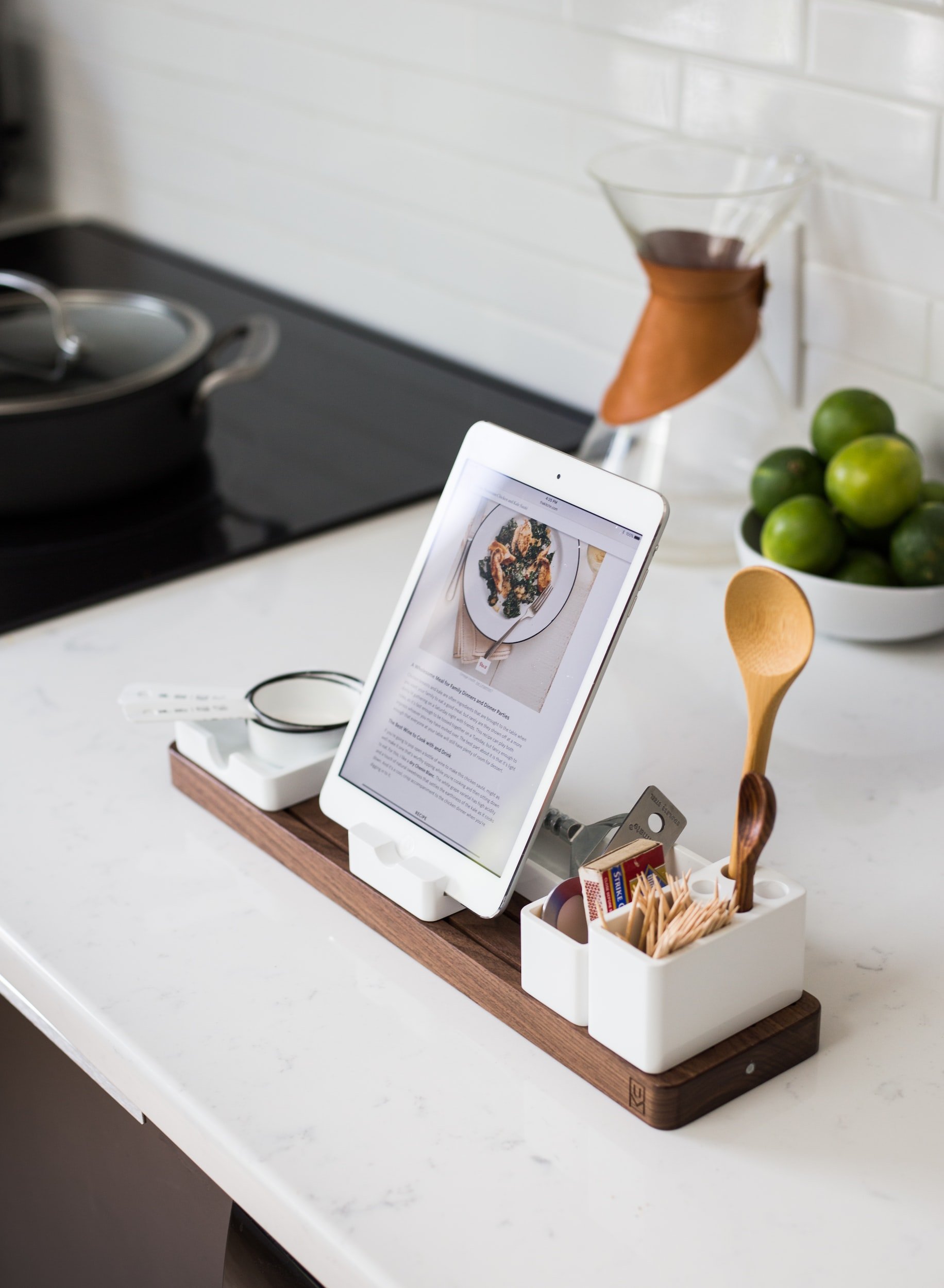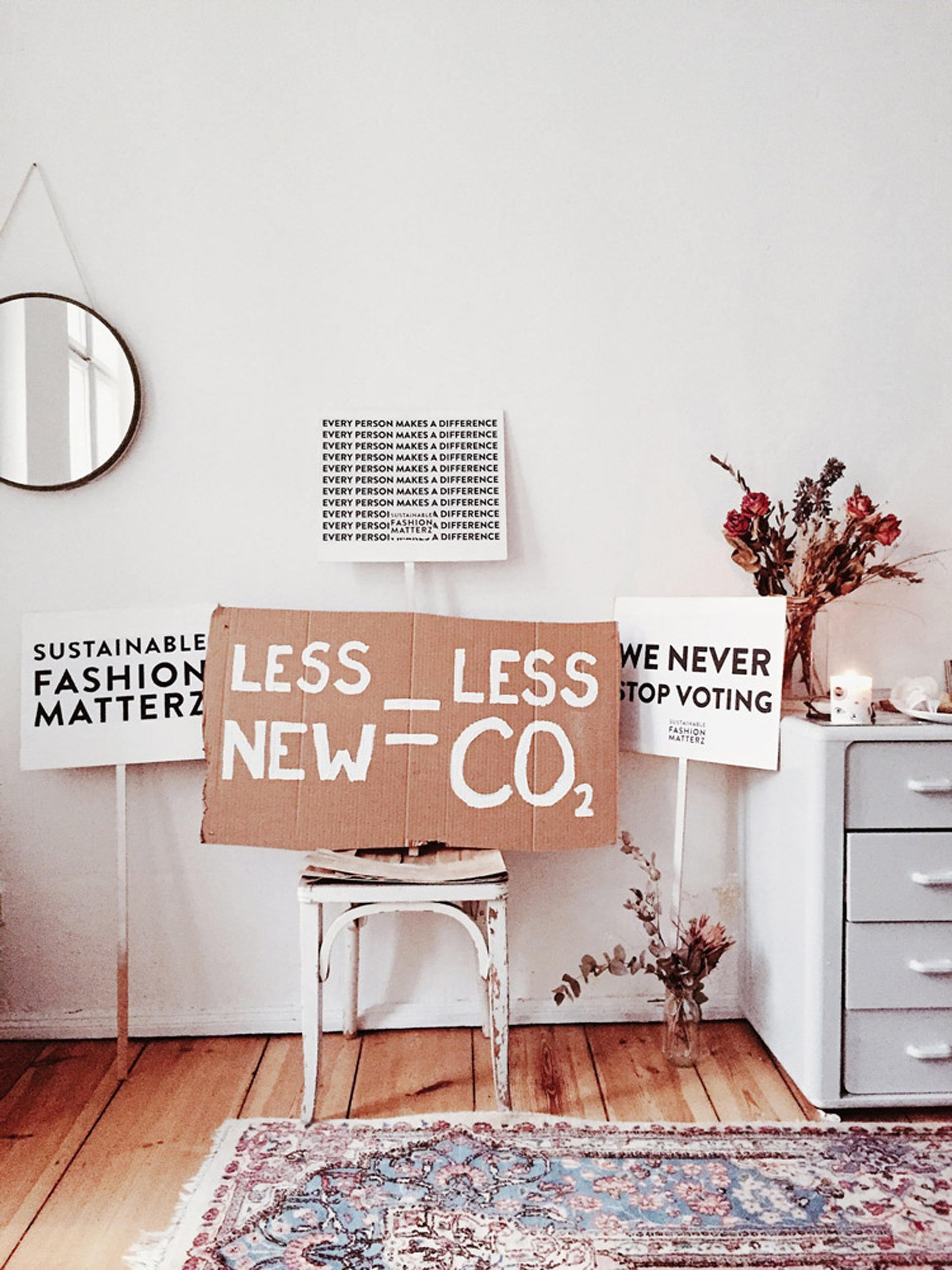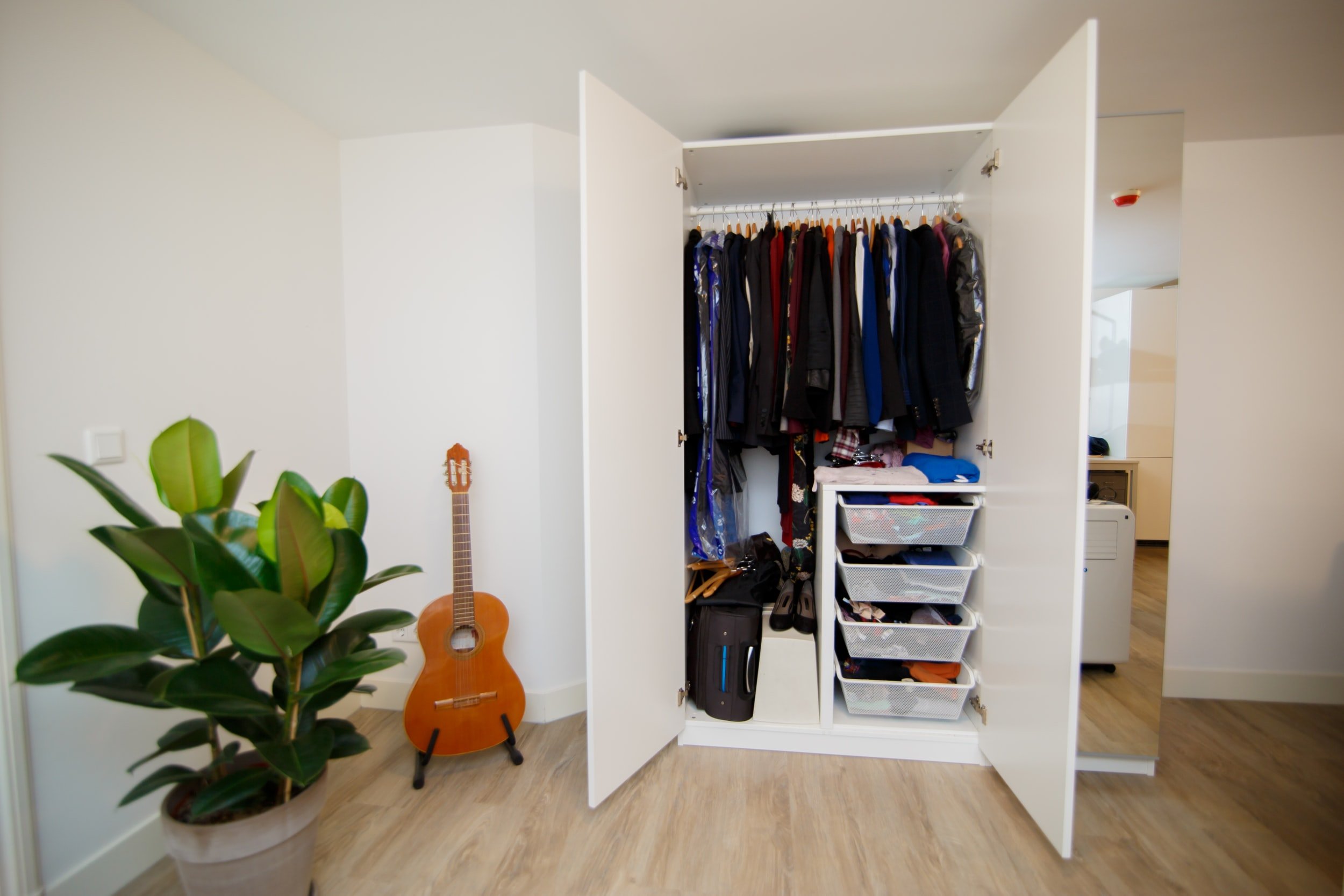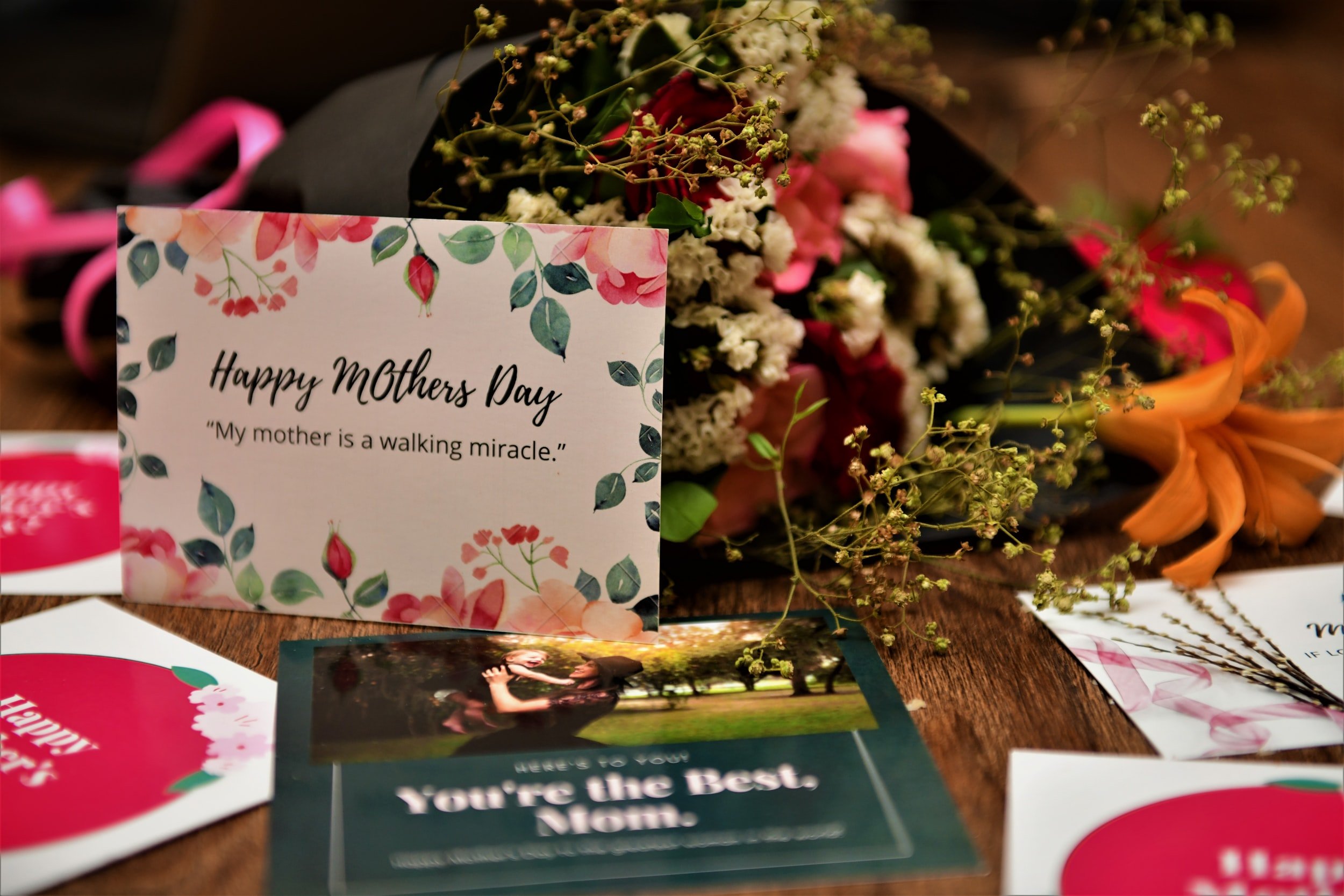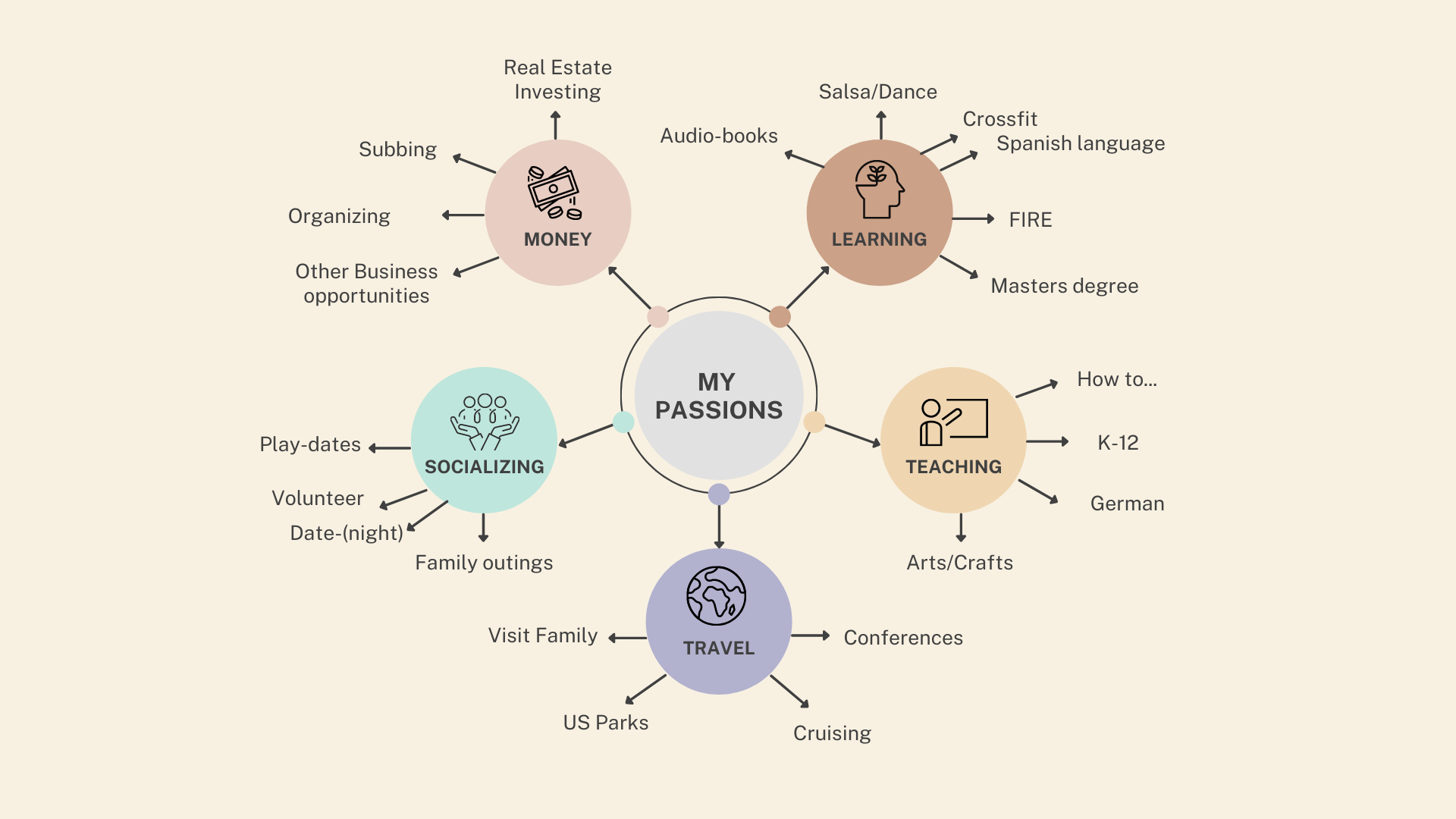Smart Strategies for Storing Your Holiday Decorations
/As the holiday season winds down, many of us face the challenge of organizing and storing our festive decorations. With January 6th (in my homeland of Germany)- often celebrated as the end of the Holiday season - just around the corner, it's time to think about packing away our holiday cheer. Here are some tips on how to efficiently organize and store your holiday decorations, ensuring they stay safe, clean and ready for the next season.
Planning and Decluttering: The first step in this post-holiday ritual is planning. Begin by assessing all your decorations. Lay them out and categorize them. This process helps you understand what you have, what needs repair, and what might not be worth keeping. The mantra here is decluttering. If you come across broken lights or an ornament that no longer brings joy, consider letting it go. This not only frees up storage space but also simplifies your decorating decisions next year. Remember, effective organization is as much about removing the unnecessary as it is about neatly storing the essential.
Organizing Decorations: Once you've streamlined your collection, it’s time to organize. Group your decorations by type – ornaments, lights, wreaths, figurines. If certain items are specific to rooms or certain display areas, group them accordingly. This categorization makes unpacking next year intuitive and quick. Labeling is your best friend here. Clearly mark each storage box with its contents. It’s a simple step that saves a lot of time and guesswork in the future.
Packing Tips: Packing decorations properly is crucial for their longevity. For delicate ornaments, use tissue paper or bubble wrap to prevent breakage. Specialized compartmentalized boxes can offer additional protection. String lights, notorious for tangling, can be neatly wound around a piece of cardboard. For your artificial tree, if the original box is no longer an option, a tree storage bag is a great investment. Compressing and securing branches minimizes space and protects the tree’s shape.
Choosing Storage Containers: The right storage containers can make a world of difference. Opt for durable, moisture-resistant options to protect your decorations from environmental factors, especially if they're stored in places like basements or attics. Space efficiency is another consideration. Stackable containers maximize storage space and keep your decorations organized and accessible.
Storing Your Decorations: Selecting the right spot to store your decorations is as important as the packing process. Choose a cool, dry area to prevent any damage from humidity or temperature fluctuations. If you’re using spaces like basements or attics, ensure they are free from potential water damage or extreme heat. Also, think about the order of storage. Place items that you’re likely to use first next season in more accessible spots. This thoughtful placement will save you time and effort.
Storing holiday decorations might seem like a daunting task, but with a bit of planning and organization, it can be managed efficiently. The effort you put in now not only preserves your treasured decorations but also sets the stage for a smoother, more enjoyable holiday season next year.
Copyright © 2024 by Tidy Closet, Professional Organizer in San Diego and surrounding areas.




